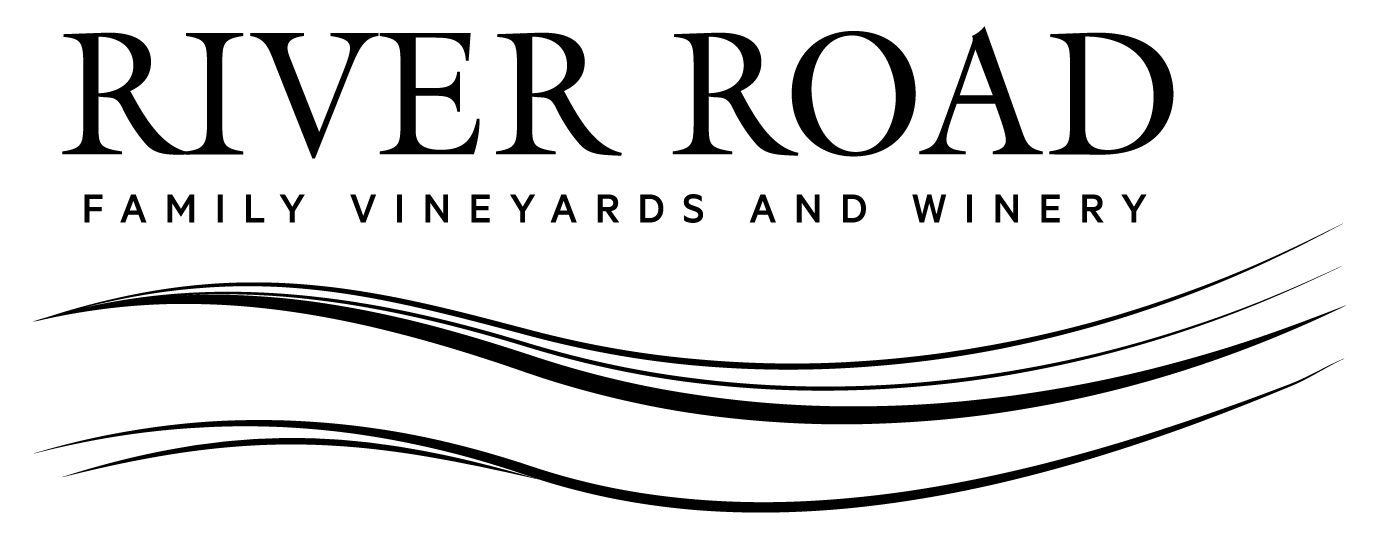FULL BLOOM
This spring, conditions were great for bloom, for both our Pinot Noir and Chardonnay. It was a rapid progression, from closed buds to pollinated flowers. We saw the very first flowers on May 8. By May 21, it was hard to find any flowers that hadn’t completed their cycle. A short bloom period is preferred, because it means a more uniform start, from bloom to berry development. In this regard, 2017 is going in the right direction! We’ll have a much better idea of how effective the pollination was, as the berries grow in size, over the next month. Any that didn’t pollinate, will stay small. We call those “shot berries” (because they’re the size of shotgun pellets.) Most will fall off when the season progresses, as the vine puts its energy into ripening berries containing seeds.

COOPERAGE VISIT
In mid-May, Ed and I traveled to Cognac, France, to explore Tonnellerie Vicard, one of our favorite cooperages. The purpose of this trip was to learn more about the innovative ways that Jean-Charles Vicard has transformed the barrel industry. For the past four years, we’ve been using his Generation 7 barrels, and we’re very impressed with the quality and consistency.
This cooperage visit gave us a chance to:
• See where the staves are being cut, shaped, bent, and toasted.
• Witness the splitting and cutting of oak logs into staves.
• Learn what happens to the staves, through their 3-year seasoning development.
The refinements to the process were quite evident, when compared to “old-school” cooperages!
Here are Ed’s thoughts on the Tonnellerie Vicard visit, with a review of factors affecting barrel quality and consistency:
In our winemaking, we heavily rely on oak barrels. From grape to bottle, they’re the perfect container to guide and support wine in its evolution. Barrels come in all shapes and sizes, and getting consistent aroma and flavor profiles in barrels is very important for us.
Coopers go about getting consistent barrels in different ways. The two most important things to control are wood source and the toasting, or “cooking,” to the inside of the barrel. Coopers work with a “natural” product, and there are a lot of variables beyond our control.
Until the mid-60s, oak wood for barrel making was sorted by forest origin. When winemakers ordered barrels, they’d specify the forest, for the kind of wood they wanted. The challenge with that is that the diversity within each forest is huge, so they’d have inconsistent aromas and flavors. Then in the 70s, the stave wood from each forest started to be sorted by grain tightness. This was a big change in giving winemakers more consistent results. It’s still done this way today to a large degree. Coopers are also making “house blends” of staves. They’re trying to mix everything up enough, to have a consistent canvas, where they apply their distinct toasting method.
The industry’s standard method of stave sorting only gives reliable results about 70 percent of the time. This standard method means that 30 percent of the industry’s manufactured barrels have unpredictable aroma and flavor profiles! Tonnellerie Vicard’s method eliminates all of this unpredictability.
Vicard Generation 7 takes a very innovative approach, to stave selection and toasting. It’s the most exciting thing to happen to barrels in decades. Instead of relying on grain tightness, or geographical location, every barrel stave is measured for wood tannin level; and then sorted into high, mid, or low range. This ensures the chemical profile of the wood is the same, 100 percent of the time.
Toasting, or “cooking,” the inside of the barrel causes chemical changes to take place, and has a massive influence on flavors and aromas. Traditionally, it’s been done manually by coopers. They’d set the barrel over a wood fire, and then use their senses to monitor the process. Next, they’d add more wood, if they wanted more heat; or water, if they needed to cool things down.

Today’s cooperages have incorporated computer tracking into the process, by monitoring stave temperature and time duration. For every barrel toasted, coopers ensure repeatable, toasting results.
So, I’ve established that toasting changes the wood’s chemistry. Further, if the base material isn’t consistent, the most precise toasting methods would still be yielding unpredictable results. Generation 7 combines precise stave selection, with “molecular” toasting, to achieve a very high level of reproducibility. The cooperage has 60 individual toasting booths. Once the barrel goes into the booth, the computer does the rest. It monitors the stave temperature and adjusts the fire as needed. The barrels are “cooked” exactly the same, every single time. We’d like to thank our friends at Generation 7 for our visit. At Ron Rubin Winery, we have a deep respect for the roles Tonnellerie Vicard plays, in producing our oak barrels.
BORDEAUX

A visit to western France wouldn’t be complete, without a stop at some of the historic wineries of Bordeaux. Appointments at Chateau Palmer, Domaine de Chevalier, and Chateau Pontet-Canet were definite highlights.

Even with the restrictions placed on these wineries, by local custom and rules, they all innovate in their own way. Biodynamic winegrowing seems to have taken root throughout Bordeaux (sorry for the pun), mirroring what I’ve seen in Burgundy. It’s exciting to talk with the vignerons, as they discuss this approach in their vineyards. Innovation for them can even mean a return to techniques from centuries past, horse-drawn plows included! When our local wine industry has a few more centuries behind us, I hope we remain as energized by the wines, and connected to the soils that make our region so special!
Cheers!









